8. Train to Busan
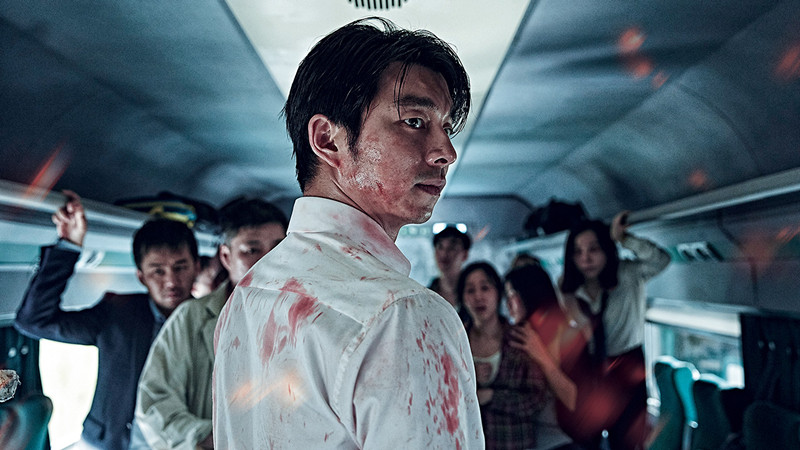
This South Korean apocalypse-shaded horror thriller from Yeon Sang-ho––previously known as a director of the acclaimed animated films The King of Pigs (2011) and The Rake (2013)–– is one of the most entertaining and enjoyable zombie genre mashups in a very long time.
For all of its fast-moving, fun to follow, and tightly edited detours, Train to Busan also wisely adds a wealth of social commentary amongst its excellently choreographed action scenes and the expected OTT splatter this type of film requires.
A Seok-woo (Gong Yoo) is a divorced fund manager who hopes to gain some footing with his estranged daughter Su-an (Kim Su-an) by agreeing to take her via train to visit her mother in Busan for her birthday. Quicker than you can say “Snowpiercer meets Night of the Living Dead” the father-daughter pair along with a ragtag rabble of mostly likeable passengers are trapped on a speeding train during an undead outbreak.
Sure, there’s nothing too original or groundbreaking here story wise as the survivors and the zombies who are hunting them revisit every archetypical cliché in the zombie survival playbook, yet Yeon Sang-ho uses such skill and cunning that it never really matters.
Train to Busan is a dizzying, fist-pumping, gobsmacking double dose of genre delectation with enough sociopolitical commentary, drooling dark humor, likeable leads, and ruthless propulsion to please even the most scoffing fright fans. This stylish exercise in End of Days entertainment is emotionally on the ball, and serves up some of the best onscreen mayhem of the year. To miss this train would not be at all advisable.
7. 10 Cloverfield Lane
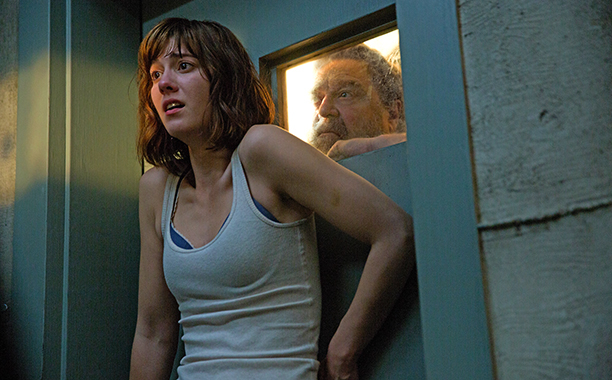
There’s something very Orson Welles’s Mercury Theater broadcast to Dan Trachtenberg’s feature-length directorial debut, 10 Cloverfield Lane. After she survives a sketchy car crash, Michelle (Mary Elizabeth Winstead) awakens to find herself in an underground bunker with two shady dudes she’s never seen before.
One of them, Howard (John Goodman), is convinced they cannot leave the bunker due to mysterious circumstances that may or may not involve a large-scale chemical attack of possible extraterrestrial origins. And that’s the Wellesian bit. Is it all a hoax? Are there aliens up above looking to pick a fight?
Howard’s menacing, not-quite-right behaviour has Michelle hatching escape plans and questioning everything in her midst, and Trachtenberg, along with screenwriters Josh Campbell, Matthew Stucken, and Damien Chazelle (yes, THAT Damien Chazelle) keep their hand held close as the film grows all the more engrossing and continually, maddeningly, gripping.
10 Cloverfield Lane is a part of J.J. Abrams’s Bad Robot productions and has been described as a “spiritual successor” to Cloverfield (2008), but whereas that film largely went for large scale disaster-movie conventions with respect and awe for the Kaiju subgenre, this film is a largely psychological chamber piece.
Buoyed by Winstead’s wonderful performance, and a thrilling third act that’s all edge-of-your-seat suspense, 10 Cloverfield Lane is an intelligent, tension-addled freakout that’s also funnier and more satisfying than something this bleak and ominous ought to be.
6. The Witch
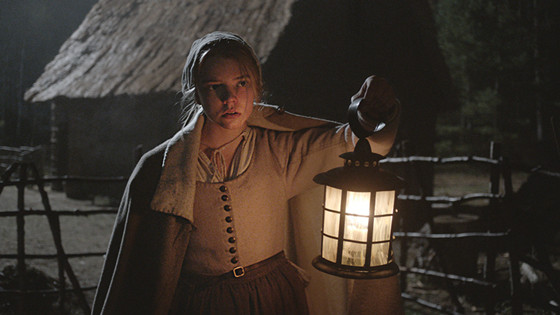
With perfect period detail and unsettling aplomb, writer/director Robert Eggers’ directorial debut The Witch is in the chilling tradition of William Friedkin’s The Exorcist as fearsome religiosity mingles with stiff-necked puritanical fear.
Eggers, who recently announced that he’ll be following up The Witch with a reworking of F.W. Murnau’s horror classic Nosferatu, carefully constructs this tale of supernatural horror in 17th Century New England. Here we are introduced to young Thomasin (Anya Taylor-Joy), who lives with her parents and siblings in a remote farm, where their closest neighbors are Puritans who view the New Testament differently than they, and so they are essentially ostracized from their community.
When Thomasin’s baby brother goes missing the family fears he may have been abducted by a witch and then before you know it the family goat, Black Philip, is apparently speaking some fucked up shit to Thomasin’s creepy younger twin siblings. As the slow-burning yarn skillfully unspools, the viewer is utterly immersed in a repressive, claustrophobic, and deeply chilling tale.
The production design adds great depth to the story, as do the strong performances, effective and authentic Jacobean dialect, the supremely unsettling sequences with witchcraft––and the monotheistic Christian beliefs of Thomasin’s clan aren’t any cheerier––making for a genre experience that really is quite unique.
The Witch is an original and upsetting historical horror film that would problem pair nicely with a screening of Michael Reeves’ classic Witchfinder General, as both films contain ample frights instigated by a repressive society, a fear of feminine principles, misused power, and a climax that’s both devastating and shocking.
5. The Girl with All the Gifts
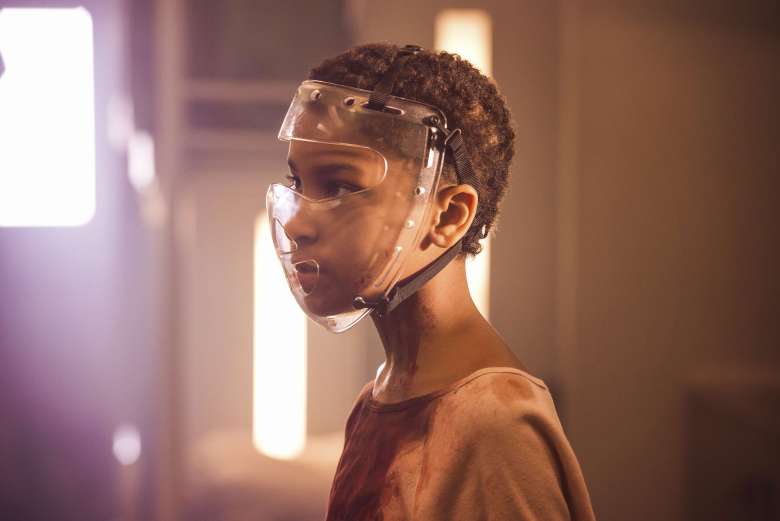
Director Colm McCarthy (Peaky Blinders) and screenwriter Mike Carey (who also wrote the 2014 best-selling novel of the same name) offer up a tense, intelligent, chillingly provocative, and endlessly exciting British horror film in The Girl With All The Gifts.
The zombie film that World War Z should have been, this film takes the overdone undead genre and resuscitates it ferociously while also revamping a wealth of well-established genre tropes––apocalypse premise, creepy kids, mad scientists––tweaking them in eccentric, imaginative, and awesome new ways.
Newcomer Sennia Nanua is wonderful as the titular gifted heroine of the movie, Melanie, a second generation “hungry” who holds the key to humanity’s bleak future. The cast also includes strong turns from Gemma Arterton, Glenn Close, and the always impressive Paddy Considine.
The Girl With All The Gifts is a sharp synthesis of George Romero, Children of Men and 28 Days Later with it’s own biting revelations. Genre fans rejoice, this is the best zombie film of the year.
4. The Neon Demon
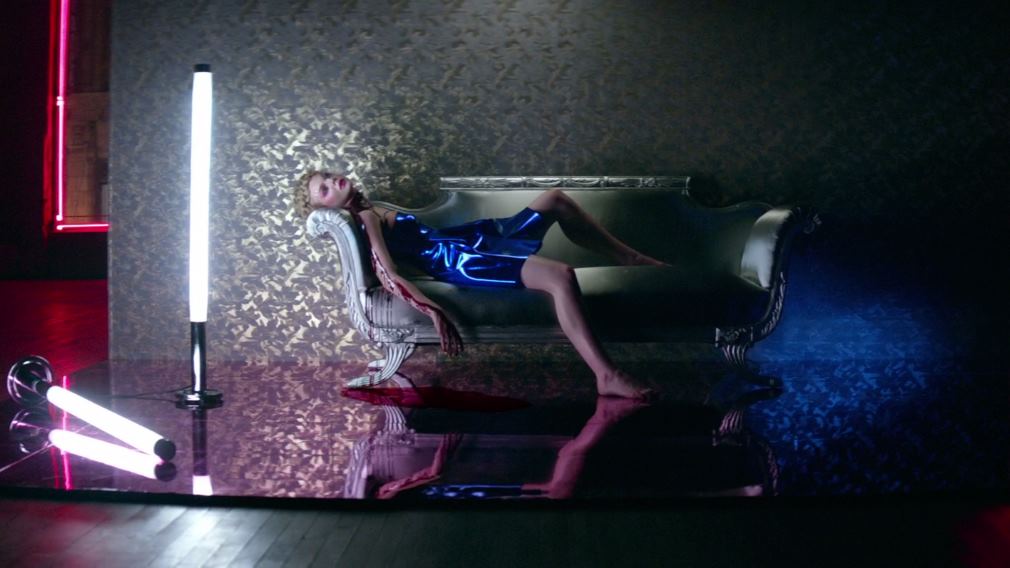
Probably the most polarizing film since Jonathan Glazer’s Under The Skin, The Neon Demon comes to us courtesy of partition-adoring Danish auteur du jour Nicolas Winding Refn (Bronson, Drive).
A kinda sorta obeisance of giallo cinema, The Neon Demon mixes elements of arthouse horror, sticky satire, and Marquis de Sade-level savagery in the seductively sordid tale of of sixteen-year-old wannabe model Jesse (Elle Fanning) and her terrifying odyssey into the Los Angeles fashion industry, where bloodlust, libido, carnal cravings and cannibalism all combat for the whip hand with a velvet glove.
A suitably amorous and atmospheric score from Cliff Martinez helps the unabashedly sensual and endlessly eerie film unfold with just the right amount of hallucinatory expression to this beauty-obsessed tale of exploitation.
Call it pretentious and call it indulgent if you wish, and certainly there will be those who will want to debate whether or not The Neon Demon even qualifies as horror, but any film that is this glossy, this pretty, and also this unflinchingly gruesome demands the attention and adoration of horror hounds. This is a brilliant concept that artfully conjures the dreamlike juxtaposing of bloody disturbance and decadent experience.
3. The Eyes of My Mother
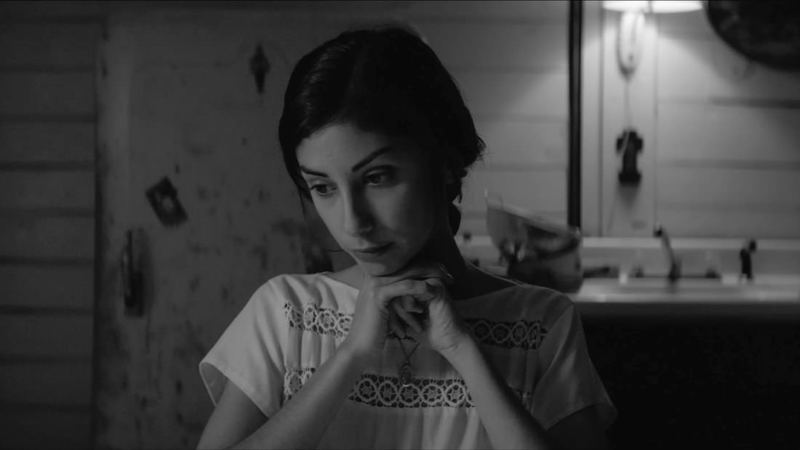
Startling and discomfiting from the start, Nicolas Pesce’s directorial debut The Eyes of My Mother is perhaps the most disturbingly formidable horror film of the year. Pesce, who also wrote and edited the film, sustains a precise and extremely well-defined narrative clarity throughout even though he regularly strives for and achieves a nightmare logic that would make David Lynch drool (and the gorgeous black-and-white cinematography from DP Zach Kuperstein adds to this otherworldly effect).
Francisca (Kika Magalhaes) has a thorough understanding of human anatomy thanks to her mother, formerly a surgeon in Portugal, and she also has a rather laissez-faire attitude towards death due to this upbringing, too.
After a particularly tragic event shatters her bucolic family life––no spoilers here, but oh man, it ain’t pretty––Francisca grows up a little fucked up, disconnecting from the world in astonishing ways.
The disquieting journey that Francisca takes the audience on attains a strange plateau between American Gothic and German Expressionism with shards of Park Chan-wook’s Oldboy in there for added oomph. This is a shocking and unforgettable film that should not only signal the start of an impressive career from Pesce, but also from Magalhaes as well.
2. The Love Witch
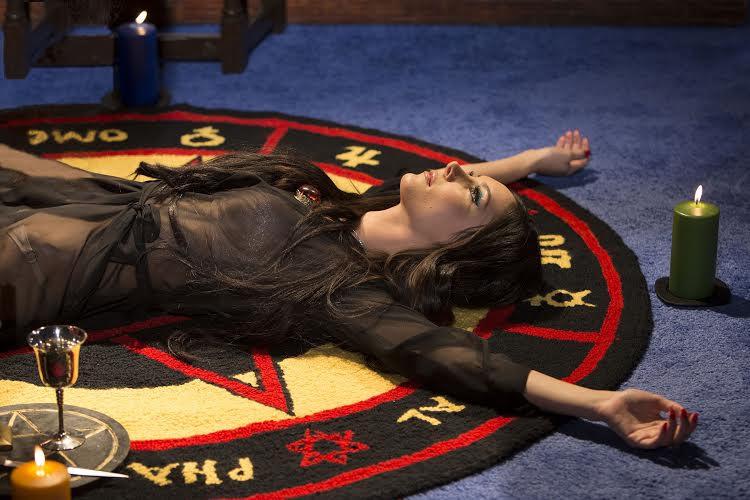
“I’m the Love Witch, I’m your ultimate fantasy!” coos Elaine (Samantha Robinson, excellent), in the throes of passion to one of her doomed suitors in Anna Biller’s amazingly audacious film. Elaine is the come-hither antihero of The Love Witch, she has an eye for style and a desire for danger and her quest to find the man of her dreams might backfire if she doesn’t ease up on all the misplaced magick.
Biller’s film is a Technicolor melodrama that’s deliciously transgressive and decidedly dangerous as it explores the antiquated avenues of 60s and 70s sexploitation with glossy contemporary embellishments such as stylized feminist subversion, whip-smart visual savvy––Biller production designed the film with Goddess-level detail––a fitfully nostalgic soundtrack (Biller pops up there, too), stunning costumes (Biller’s work, again), and a variegated yet delightful script (yup, you guessed, Biller wrote it). If The Love Witch doesn’t build a strong case for auteur theory perhaps nothing will.
Ravishing, stylish, playful, and perverse, The Love Witch feels like an enchanted artifact from some distant, far more sophisticated and all round cooler place, and while it may not be a full-on horror film like other films on this list, it has enough incendiary ideas, stylish distractions, quotable lines, and savage stabbings to top any list of fright films. Also, of any film listed here The Love Witch has the best chance for acquiring cult membership with requisite midnight viewings.
1. Green Room
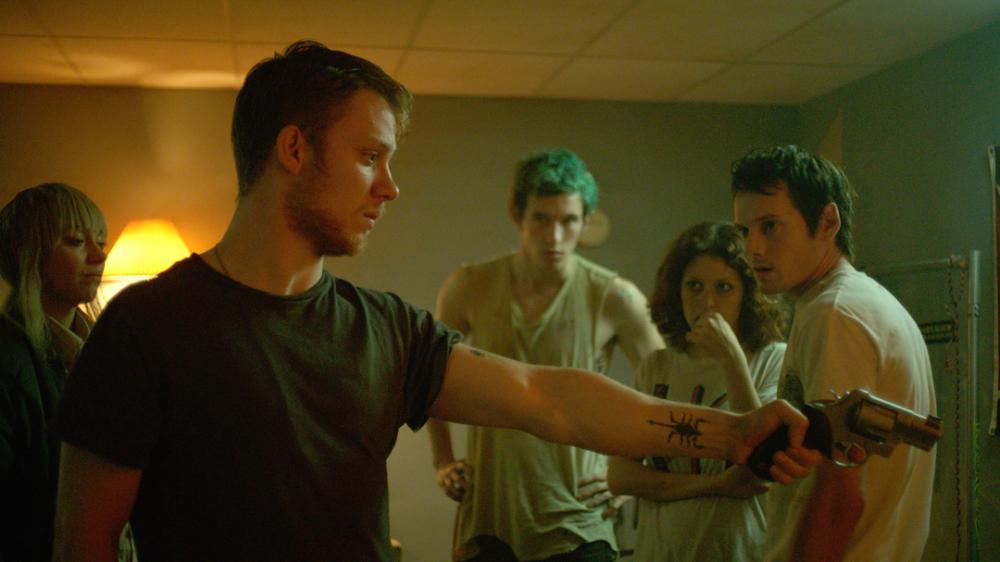
Offering an extremely vicious and unbearably intense punk rock variant on Rio Bravo by way of Assault on Precinct 13, Jeremy Saulnier‘s intense shocker, Green Room, is catnip for extreme action thriller fans and horror hounds alike.
At the ass end of an awful tour, Pat (Anton Yelchin) and his noisy punk band, The Ain’t Rights, are desperate for dough and so find themselves headlining a gig at a backwoods skinhead bar, way off the map, somewhere in the Pacific Northwest.
Soon the band bares terrible witness to something oh so grisly in the titular green room and soon the same room is all that stands between them and a blood-simple, machete-wielding, Neo-Nazi mob, led by a pants-shittingly-terrifying Patrick Stewart.
In Green Room, survival is a fool’s paradise, and hope but a mere blink in a broken beer bottle. As one brazenly executed action sequence follows another in bloody and rapid succession, duress and bloodshed reach a fever pitch.
The sustained intense onslaughts on our tapering heroes effectively obliterates any notions of assurance for the audience. No one and nothing is safe and salvation seems impossibly distant, if at all. A more thought-provoking and brilliantly paced horror film with so palpable a physicality you will not find, not in 2016 or any other year.
Author Bio: Shane Scott-Travis is a film critic, screenwriter, comic book author/illustrator and cineaste. Currently residing in Vancouver, Canada, Shane can often be found at the cinema, the dog park, or off in a corner someplace, paraphrasing Groucho Marx. Follow Shane on Twitter @ShaneScottravis.